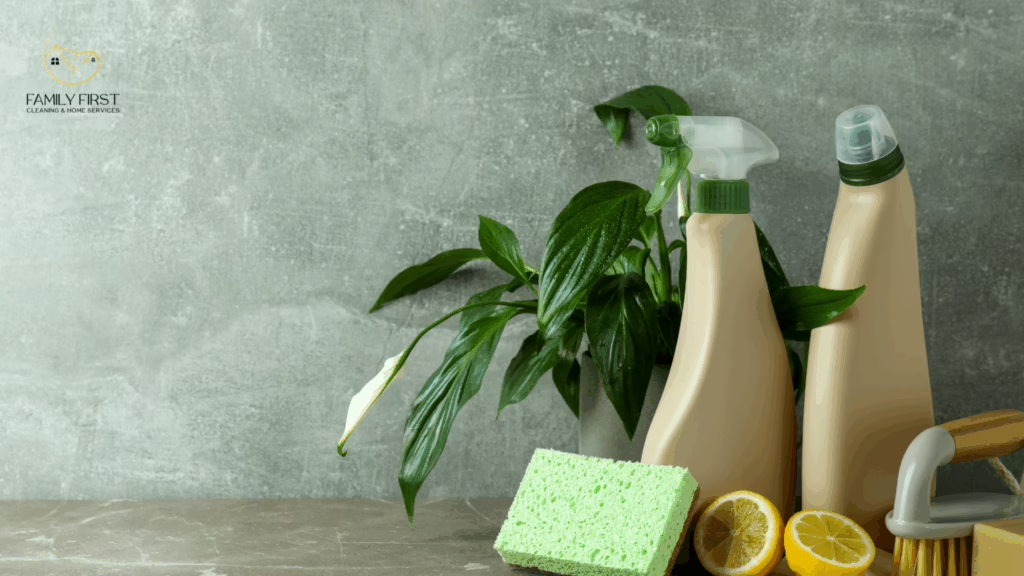Slime is the ultimate kid-pleaser. It’s squishy, stretchy, and irresistibly fun—but it’s also the nemesis of clean sheets everywhere. One moment, your little one is happily crafting slime; the next, you’re staring at a gooey mess smeared across your freshly washed bedding. Learning how to get slime out of sheets is a skill every parent (or slime enthusiast) needs in their cleaning arsenal.
Fortunately, removing slime from sheets isn’t as daunting as it seems. With the right tools, a bit of patience, and a dash of humor, you can banish even the stickiest slime and save your sheets from an untimely demise.
The Sticky Science of Slime
Slime sticks to sheets because of its unique combination of polymers and glue-like consistency. Add some glitter or bright dyes, and it’s a recipe for a cleaning challenge. But don’t worry—this guide breaks down the process to make tackling slime stains easy, efficient, and stress-free.
What You’ll Need
Before starting, gather these essential materials:
- A plastic scraper or spoon
- Ice cubes
- White vinegar
- Dish soap or laundry detergent
- Warm water
- A soft sponge or microfiber cloth
- A washing machine
- A dose of determination
Step-by-Step Guide: How to Get Slime Out of Sheets
Step 1: Remove the Excess Slime
First, stay calm—it’s not the end of your sheets! Use a plastic scraper, spoon, or the edge of a credit card to lift as much slime as possible from the fabric. Be gentle to avoid pushing the slime deeper into the fibers. The goal here is to minimize the mess.
Step 2: Harden the Slime
If the slime is still gooey, it’s time to freeze it. Place an ice cube directly on the slime to harden it. This makes it easier to remove without smearing it across the fabric. Once the slime hardens, scrape off any remaining bits.
Step 3: Apply White Vinegar
Now comes the magic ingredient: white vinegar. Vinegar breaks down slime’s sticky polymers, making it easier to remove. Pour a generous amount of vinegar directly onto the slime stain and let it sit for 5–10 minutes. You’ll see the slime begin to loosen its grip on the fabric.
Step 4: Gently Scrub with Dish Soap
Mix a few drops of mild dish soap or laundry detergent with warm water. Dip a soft sponge or microfiber cloth into the soapy solution and gently scrub the stained area in circular motions. Avoid harsh scrubbing, which can damage the fabric or spread the stain.
Step 5: Rinse and Repeat (If Needed)
Rinse the treated area thoroughly under warm running water. If traces of slime remain, repeat steps 3 and 4 until the stain disappears. Don’t worry—this part might take a couple of tries, but persistence pays off.
Step 6: Pre-Treat Stubborn Residue
For stubborn stains or discoloration, apply a small amount of laundry detergent directly to the affected area. Let it sit for 10–15 minutes before moving on to the next step.
Step 7: Wash the Sheets
Once the slime is mostly gone, toss the sheets into the washing machine. Use your regular laundry detergent and select a warm water cycle. Double-check the care label on your sheets to ensure you’re using the appropriate settings.
Step 8: Air Dry the Sheets
Avoid the temptation to throw your sheets into the dryer just yet. Heat can set any remaining slime residue, making it harder to remove. Instead, air dry the sheets and inspect them once they’re dry. If necessary, repeat the process to tackle any lingering stains.
Tips for Success
- For Glitter Slime: Add baking soda to the vinegar to create a gentle scrubbing paste that works wonders on glitter and dye.
- Avoid Harsh Chemicals: Bleach and other strong cleaners can damage delicate fabrics. Stick to mild solutions like vinegar and dish soap.
- Act Quickly: The sooner you address the slime, the easier it is to remove.
Preventing Slime Mishaps
While slime accidents are almost inevitable, you can take steps to minimize the chaos:
- Designate a specific “slime play zone,” ideally away from bedding and carpets.
- Lay down an old sheet or plastic mat as a protective barrier during playtime.
- Encourage kids to wash their hands before touching fabric surfaces while playing with slime.
Conclusion
Learning how to get slime out of sheets might not have been on your bucket list, but mastering this skill can save your sanity—and your bedding. With just a few household items and a step-by-step approach, you can restore your sheets to their former glory, no matter how sticky the situation.
If your slime woes extend beyond the bedroom and into other parts of the house, consider enlisting professional help. Check out cleaning services in Denver offered by Family First. Their expert team can tackle even the toughest messes, so you can focus on keeping the fun in slime and the stress out of cleaning.
Slime stains may come and go, but with this guide in hand, you’re ready to tackle them like a pro!


